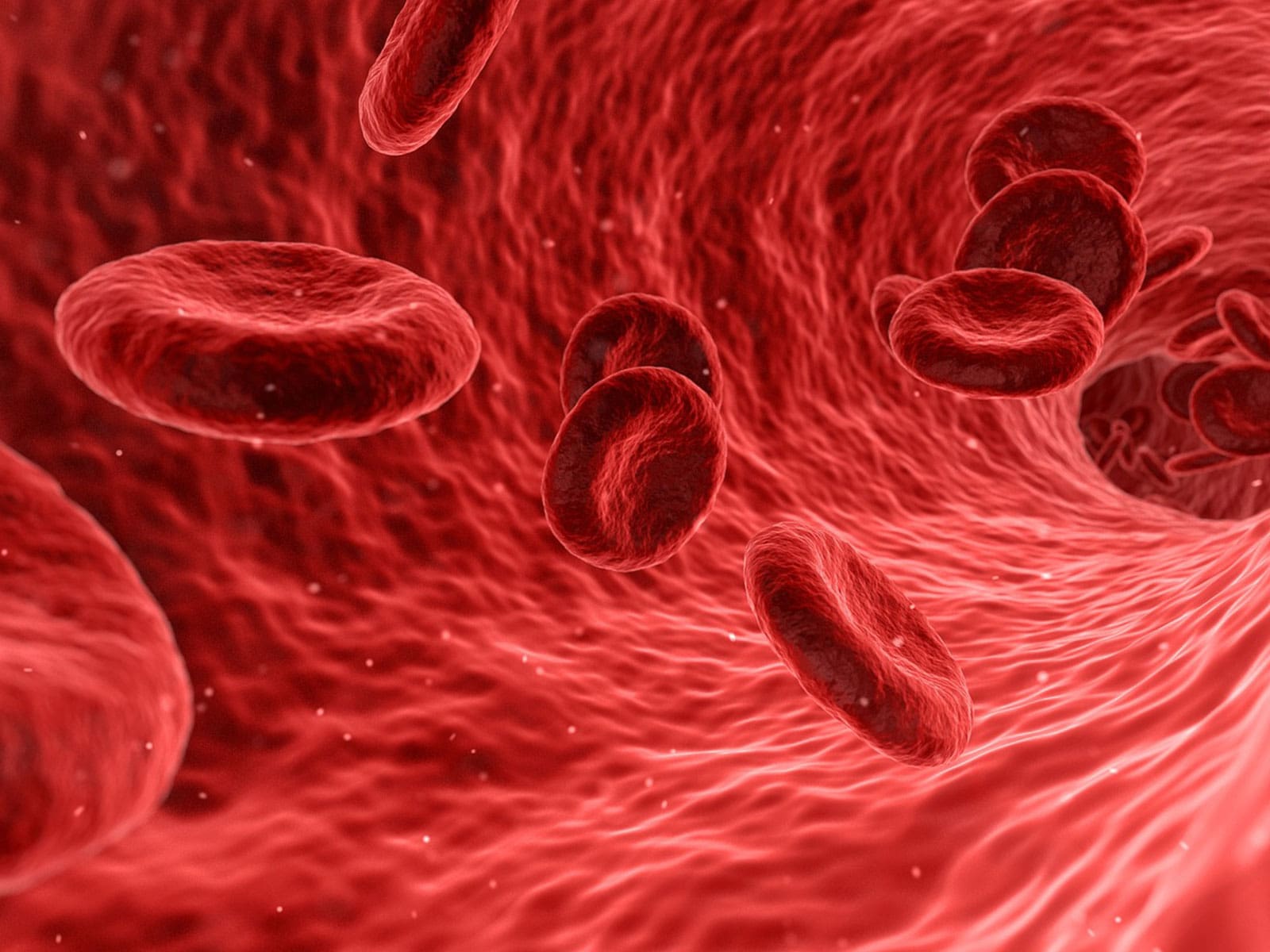Welcome dear reader. Today we are going to devote attention to the phenomenon of paraesthesia, a condition that often resolves into an isolated event, but which if it persists for a prolonged period needs to be seriously addressed.
We will talk about what paraesthesia is, what tingling is due to, how to recognize a worrying tingling and how to act if paraesthesia is linked to pathologies. Remember that before getting caught up in anxiety it is always good to book a medical visit to get personal advice.
Let's get started!
Among the articles of this blog, you will find another content dedicated to tingling, in which we have explained its meaning, what are the causes of tingling in the limbs and why paraesthesia is not a disease but a symptom. You can find it here.
If the body sends signals there is a reason and that if these signals persist it is very important to seek medical advice. It will be helpful to keep some information in mind to identify when a symptom such as paraesthesia is worrisome or not.
What is paraesthesia and how to recognize it?
Paraesthesia presents as a tingling sensation that signals the presence of an alteration of sensitivity located in a part of the body. This subcutaneous tingling is easy to recognize: you feel an annoyance similar to a pinch, just as if you came into contact with numerous pins or needles.
Paraesthesia is an event that occurs when a nerve is compressed, that is: if the nervous system is bothered by an uncomfortable position, or by a body pressing on it, our system communicates it with the tingling. Compression hinders useful information to the nervous system causing paraesthesia (tingling).
When to worry about tingling and what are the related pathologies?
Paraesthesia can occur in all parts of the body, from the peripheral extremities to the central parts, to the head and facial nerve. We have seen that when tingling or numbness occurs in one leg or one hand it is easy to connect it to a wrong position, but when it occurs in particular areas of the body, or persists for a long time, it must be investigated.
If the sensation remains for hours, it is possible that it is an inflammation. Some disorders related to this condition are arthritis, tendonitis, carpal tunnel and sciatica. Then there are diseases that occur in their initial stage with a paraesthesia, such as:
diabetes - which causes high blood sugar levels that can damage the nervous system;
neurological disorder - if sensitivity disorders, such as numbness and paraesthesia, last for days, the doctor may raise the suspicion and request investigations;
stroke - malfunctioning of the arteries can lead to stroke, such as arrhythmias at the heart level but also venous insufficiency. Sudden numbness or weakness in the face, arm or leg of one half of the body;
multiple sclerosis - numbness or tingling in the feet could be a very early symptom of the disease.
What does somatic anxiety mean?
Paresthesia in the face, upper or lower limbs may act as an indicator of somatic anxiety. Let's see what this term means and why it is associated with tingling:
Anxiety is a very common disorder that can also present with tingling of the body in addition to nausea, chills and sweating. Anxiety tingles usually affect the face, neck, and limbs. This condition is referred to as "somatic anxiety", wherein the mental disorder presents itself through physical sensations.
As with all abnormal physical conditions, it will also be very important to contact the most appropriate specialist doctor. If you do not have direct contact, ask your primary care doctor for advice that will guide you properly.







